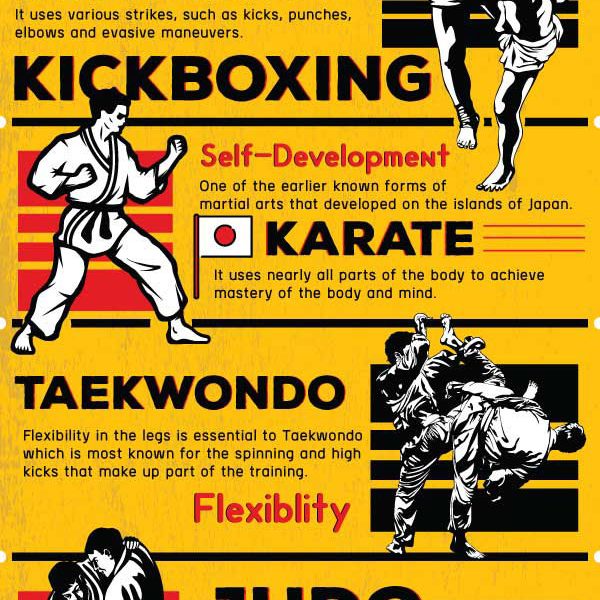The Worldwide Background And Improvement Of Martial Arts
The Worldwide Background And Improvement Of Martial Arts
Blog Article
Composed By-Winkler Fallon
Martial arts have a fascinating history that spans centuries and continents. You could discover it appealing exactly how ancient techniques like Shuai Jiao and Kalaripayattu laid the groundwork for modern-day fight strategies. These disciplines not only highlight physical abilities however additionally show the cultures that birthed them. As you explore their advancement, think about exactly how globalization has actually changed these typical types right into hybrid styles. What impacts do you assume have formed today's martial arts landscape?
Ancient Martial arts: The Foundations of Fight
As you delve into the world of ancient martial arts, you'll uncover the rich foundations that shaped fight strategies throughout cultures. Early practices focused on Self-Defense and survival, often integrating strikes, hurting, and weapons.
In ancient China, for instance, methods like Shuai Jiao emphasized tosses and joint locks, while India's Kalaripayattu showcased dexterity and liquid activity. Japanese samurai established Kenjutsu, a polished swordsmanship that highlighted technique and method.
These martial arts offered not just for fight yet likewise as a way of personal growth, instilling worths like regard and willpower. The blending of these methods gradually prepared for the diverse martial arts you see today, each reflecting the special ideologies and requirements of its society.
The Cultural Impact on Martial Arts Development
While martial arts frequently reflect the functional needs of a society, they additionally embody the social values and beliefs of their beginnings. When you check out different martial arts, you'll notice just how they're influenced by faith, philosophy, and social norms.
For example, the focus on regard and discipline in Japanese martial arts comes from Zen Buddhism and samurai society. On the other hand, Brazilian Jiu-Jitsu promotes flexibility and strategy, formed by the requirement for effectiveness in a diverse, multicultural atmosphere.
You may discover that the rituals, attires, and training approaches reflect a community's background and identity. By understanding these social impacts, you grow your admiration of martial arts and their function in shaping human experiences across the globe.
Modern Adaptations and the Globalization of Martial arts
Martial arts have actually changed dramatically in current decades, adapting to modern society and worldwide influences. You'll observe that standard kinds have mixed with contemporary methods, creating hybrid styles like MMA. These adaptations deal with varied audiences, making martial arts accessible and attractive worldwide.
With the increase of social media sites and electronic platforms, you can discover tutorials and competitors from all edges of the globe, breaking geographical barriers. This globalization has caused a common admiration for numerous techniques, from Brazilian Jiu-Jitsu to Taekwondo.
As you involve with these arts, you'll understand they're not just about battle; they promote physical fitness, discipline, and psychological well-being.
Inevitably, modern-day adaptations have improved the martial arts landscape, making it a vibrant and evolving technique.
Final thought
In checking out the background and development of martial arts, you uncover an interesting mix of techniques, societies, and approaches. From old techniques like Shuai Jiao and Kalaripayattu to the modern-day flexibility seen in mixed martial arts, martial arts show mankind's pursuit for Self-Defense and personal growth. As aikido classes for adults engage with these practices, you not just get abilities but likewise a much deeper admiration for the diverse practices that shape our globe today. So, proceed click here for info and accept the art of combat!
